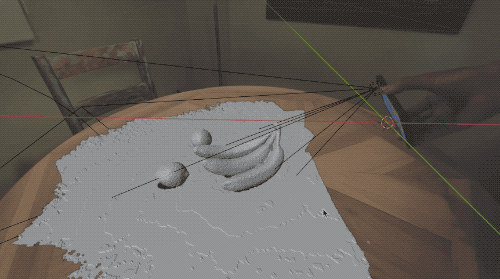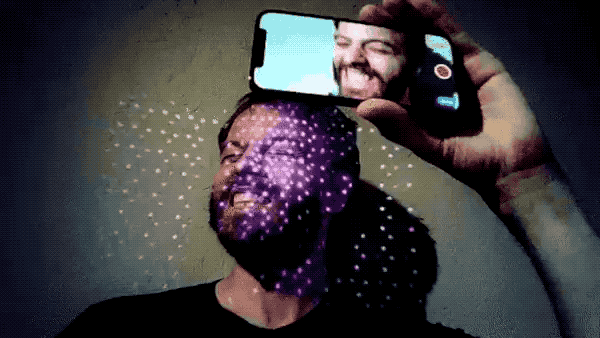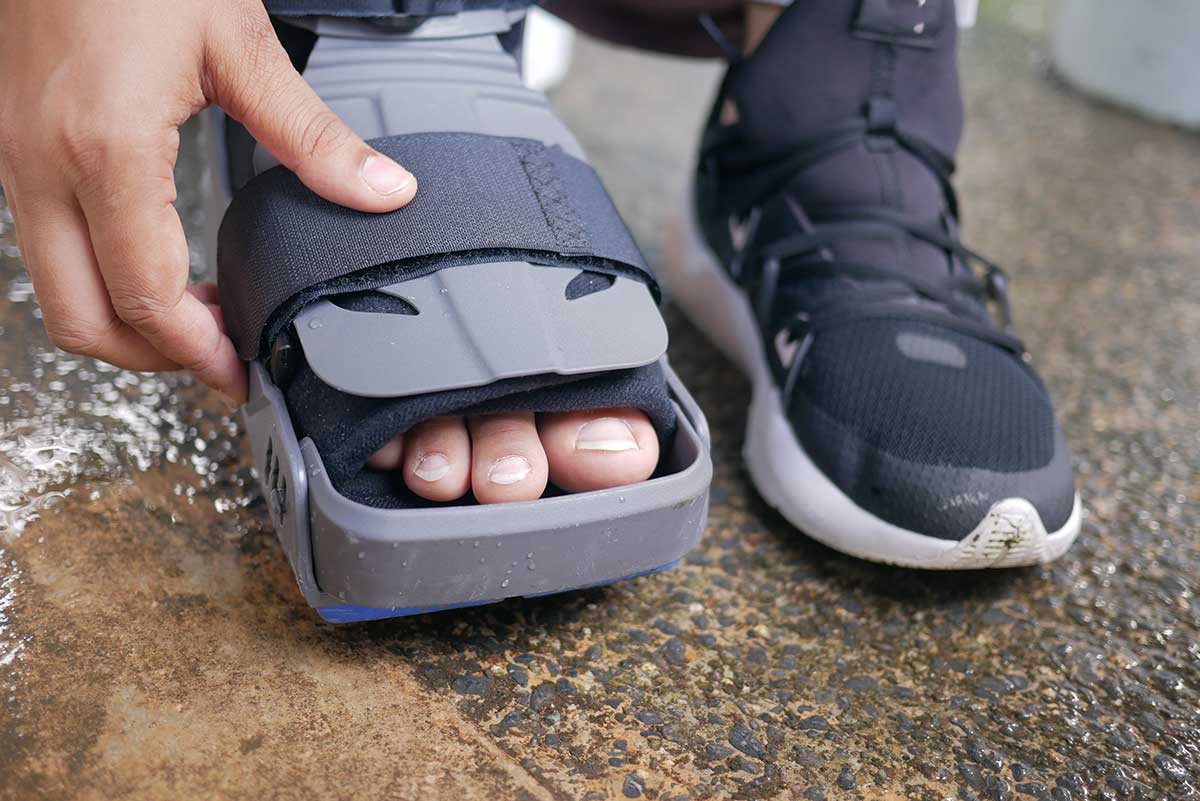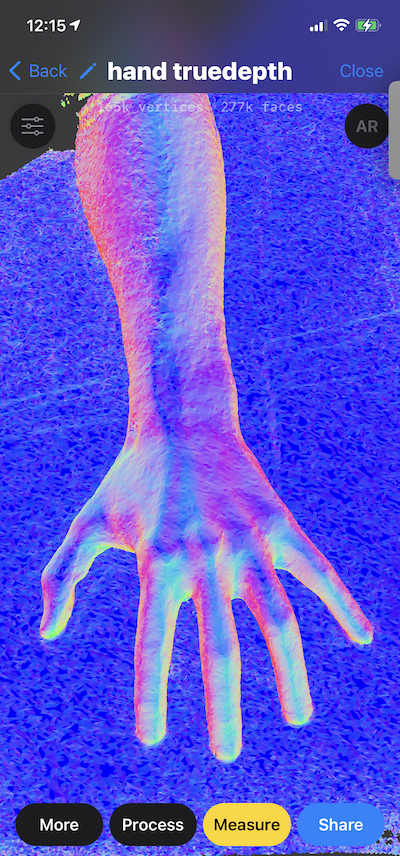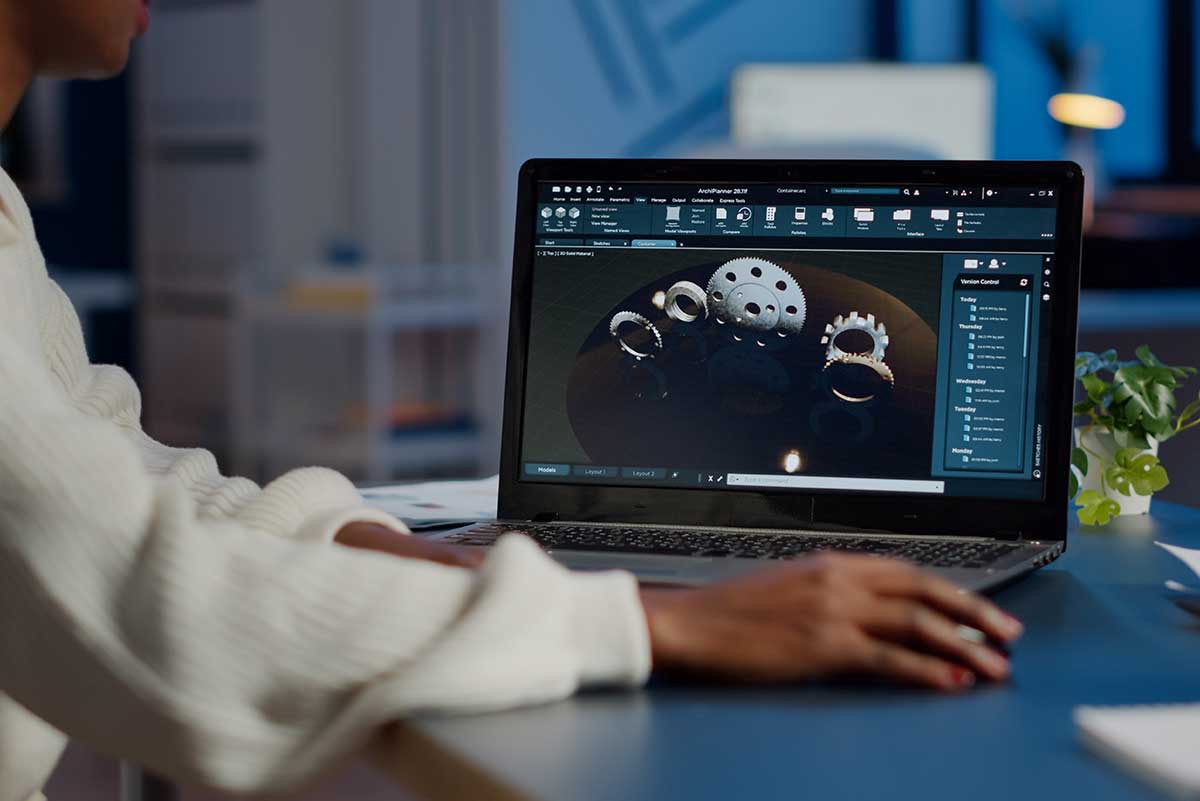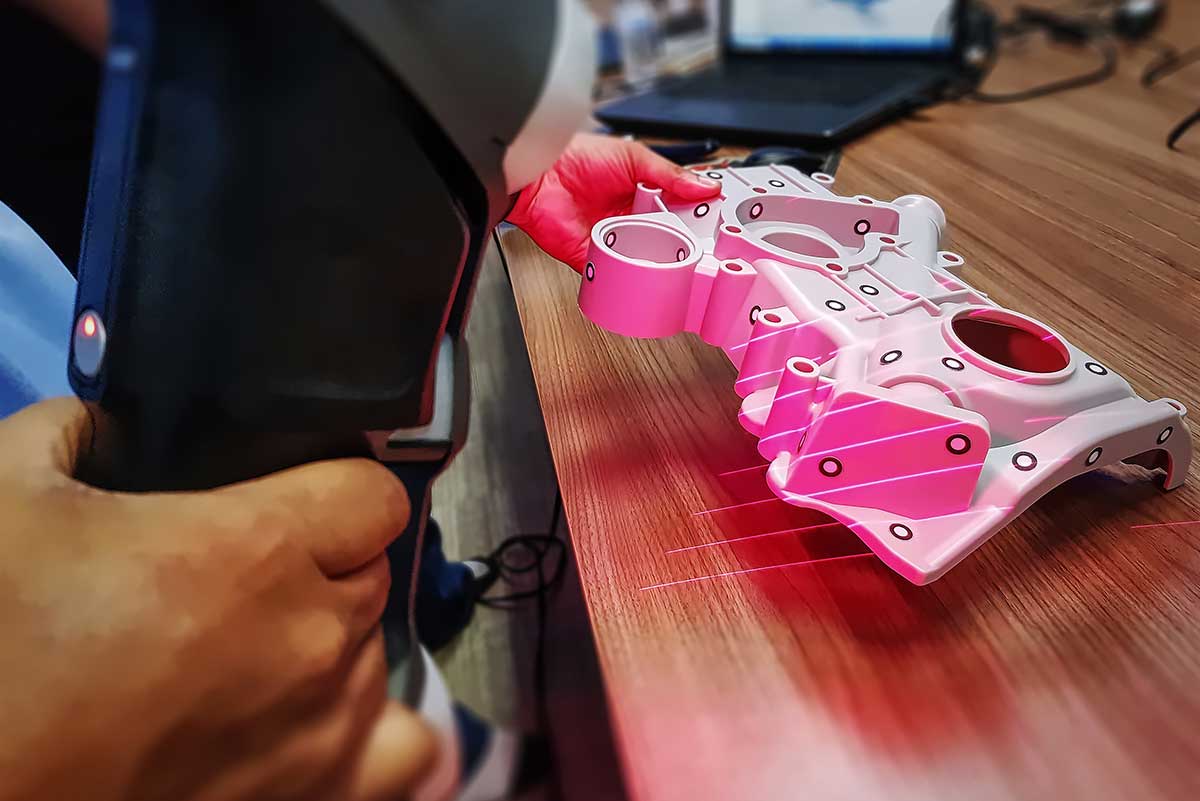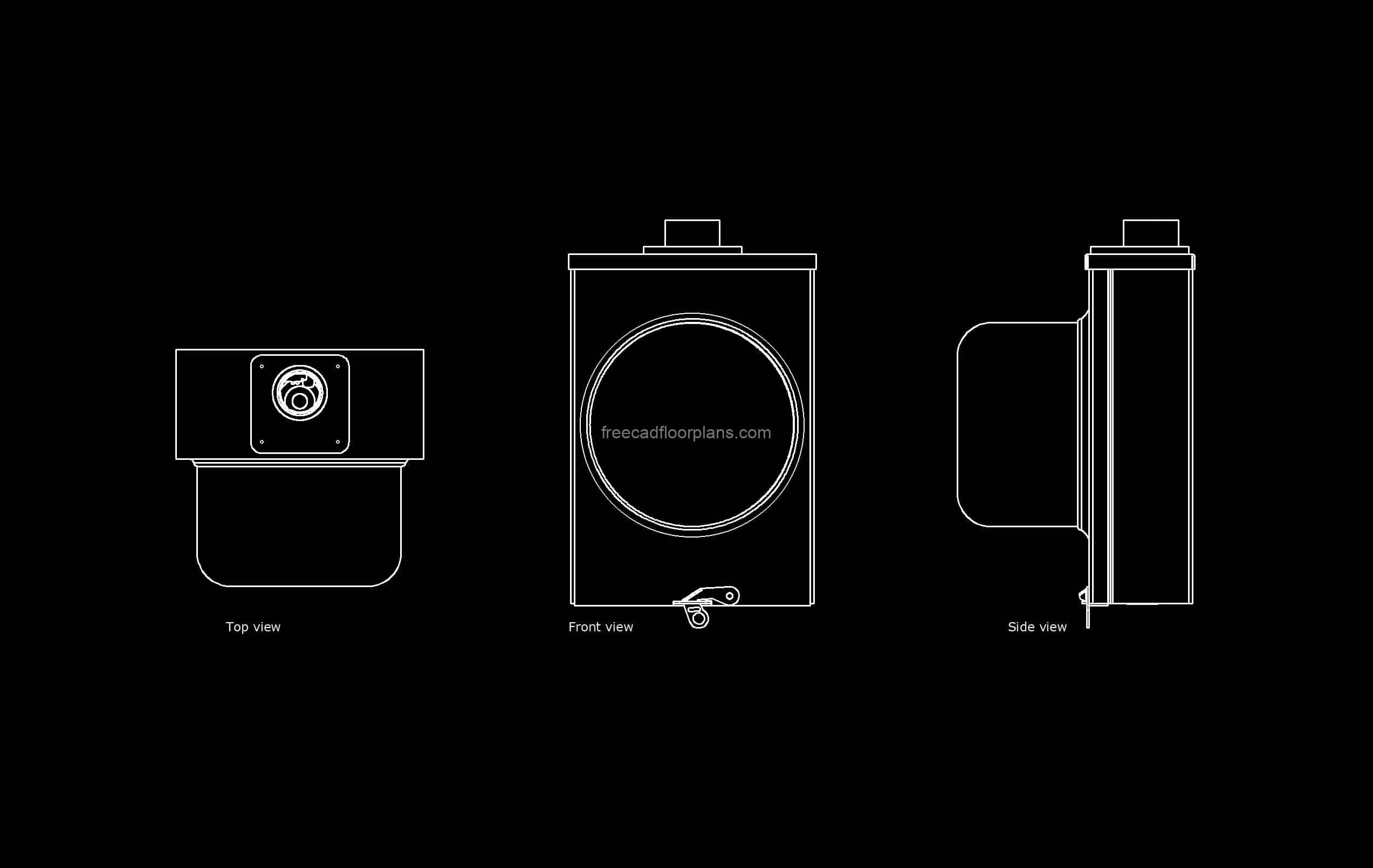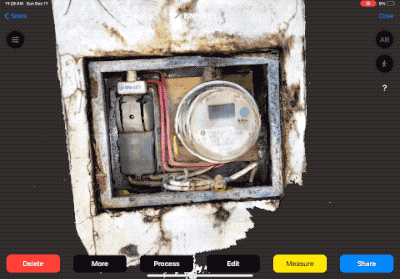TrueDepth Scanning - Accurate small scans with the iPhone Infrared Depth Sensor
Case studies of how our customers are using TrueDepth Scanning
Jason Laan
The Quick Takeaway
The TrueDepth sensor on iOS devices is next to the front-facing camera. It is a great solution for capturing detailed 3D Scans on-device such as faces, body parts, small objects, and more. Its drawbacks are that since it is on the front side of the device, scanning can be difficult and the range is very limited as the sensor's ideal scanning distance is less than 3 ft or 1 meter.
“ TLDR; TrueDepth, the IR sensor on iOS devices, is a great solution for small detailed scanning at close range.”
Summary
Laan Labs has been working with TrueDepth 3D Scanning captures since shortly after the introduction of the sensor on the iPhone. We have both included TrueDepth scanning in the 3D Scanner App as a dedicated capture mode and developed and licensed a number of solutions using this scanning and 3D reconstruction technology.
Using the TrueDepth sensor has been particularly successful with organizations that need to precisely scan body parts and small objects where cloud reconstruction services like photogrammetry are not an option. In this article we will cover two case studies:
- Case Study 1: Scanning Body Parts for Custom 3D Printed Casts
- Case Study 2. Small Part Scanning for CAD Drawing Matching
First, What is the TrueDepth Sensor and How Does it Work?
Apple introduced the TrueDepth sensor on the iPhone X in 2017. Its use case was primarily for Face ID technology to ensure the unique qualities of a face could be identified and not fooled by a regular camera.
The sensor works by projecting thousands of invisible Infrared dots which can be used to calculate the depth. The following image shows lidar dot projection, but the principal is the same.
Laan Labs has then developed algorithms, similar to photogrammetry, to take those individual depth frames and use them to create a 3D model
Case Study: Scanning Arms for Custom 3D Printed Casts
Business Challenge
A customer needed a solution where 3D scans could be captured of a person's body parts for custom 3D casts. Scan accuracy has to be +/- 2 mm accuracy and all 3D reconstruction had to take place on device because of privacy issues.
Solution & Delivered Product
Laan Labs licensed its TrueDepth Scanning solution and developed a custom user management and workflow pipeline around the capture process. The solution allowed the customer to work with its partners and end-users to capture accurate body part scans so durable 3D casts could be printed and delivered custom to the end-users body measurements.
Case Study: Small Part Scanning for CAD Drawing Matching
Business Challenge
A client of Laan Labs needed a solution to be able to scan machine parts in the field. These scans were then used to match to CAD drawings. High-precision scanners were considered such as the Artec Leo or Creoform’s HandySCAN 3D but while these scanners are very precise they are also expensive. The client was also looking for a solution where their field techs did not have to carry around specialized equipment.
Solution & Delivered Product
Laan Labs developed a solution for field tech’s to use iOS Devices with TrueDepth sensors to scan parts and match against a library of CAD drawing for part matching.
Wrap Up
| PROS | CONS |
|
|
To learn more about how Laan Labs can license its cutting-edge technologies for your project, please contact us at labs@laan.com
